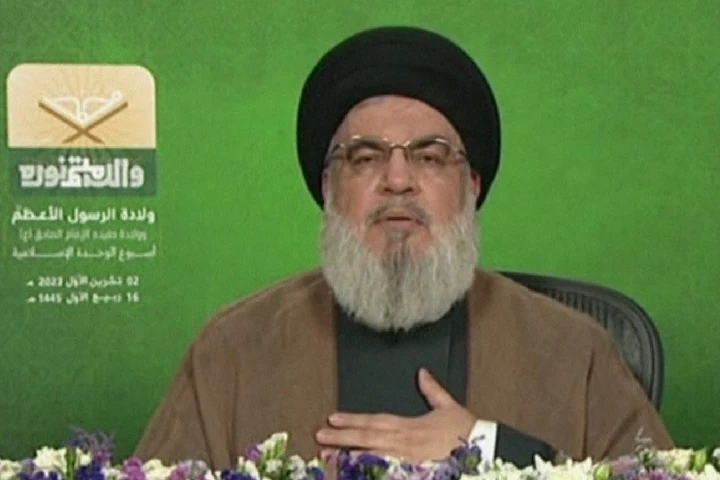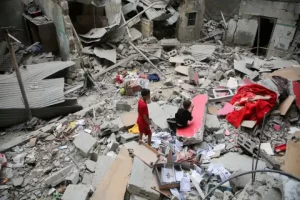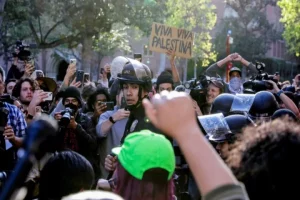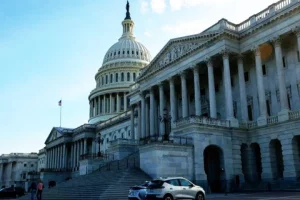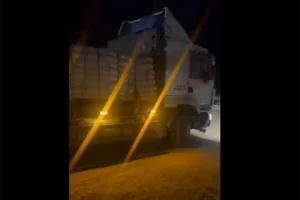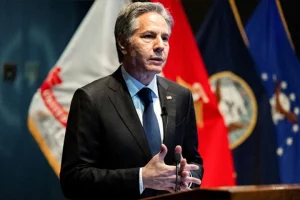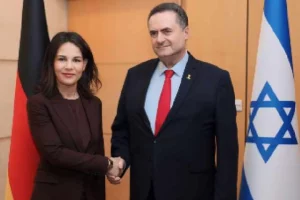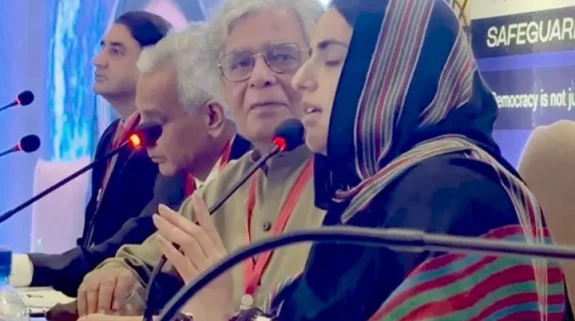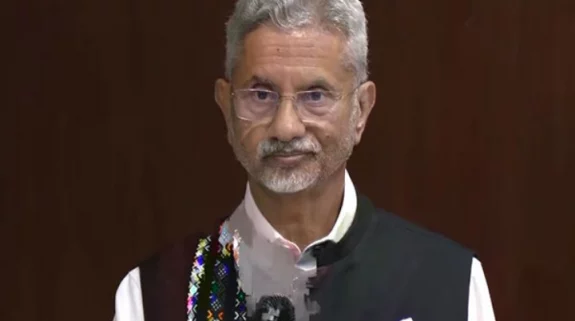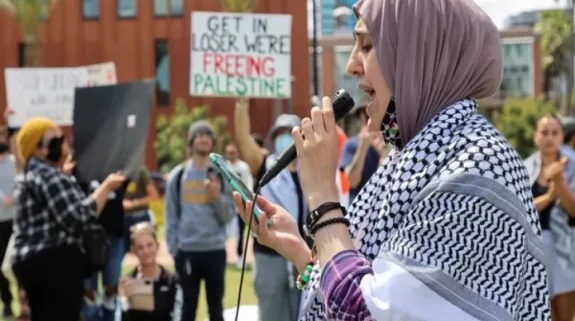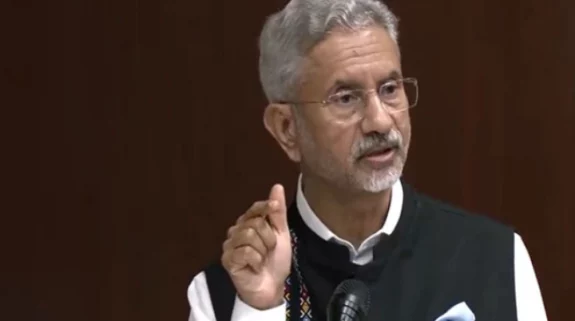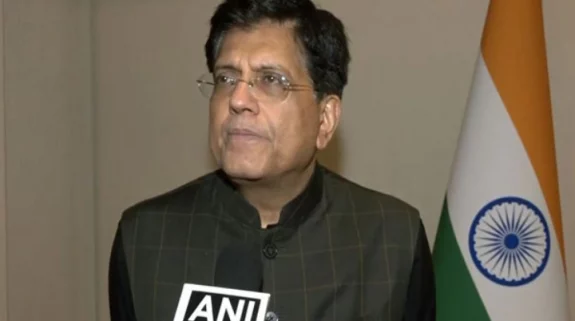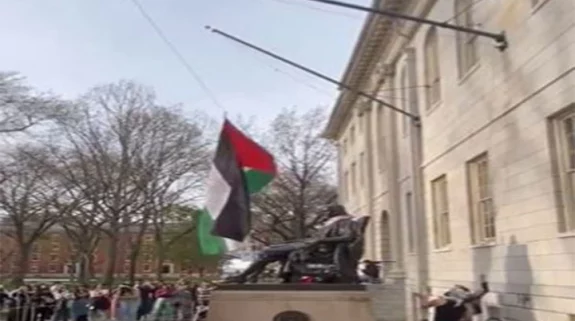After Hamas, Hezbollah – translating as Party of Allah — is the face of resistance to Israeli occupation of Palestine. Since the Israeli retaliation in response to October 7 Hamas attacks kicked in, small to big skirmishes, exchange of rockets, drones and other warfare have been witnessed in South Lebanon, the theatre of Hezbollah-Israel battle 1980’s onwards.
It has been limited to that, albeit threats level being at all time high of a full-fledged war. While it is looking everyday that 2006 like war may return, another reading of Hezbollah and its political strategy reveals that despite gaining strength in recent years, the group will not plunge into a “bigger arena” unless regional powers, especially Iran, determine to do so. Till then the group will be war-ready, continue to engage with Israel in stray skirmishes, help save Syria and survive for the future.
Sayyed Hassan Nasrallah on our eternal duty towards Palestine (with English subtitles) pic.twitter.com/TKUYsxhhIJ
— Ideal Resistance (@IdealResistance) October 17, 2023
Recent History, Circumstances and Calculations
Though coming into being almost exactly at the same time when Israel occupied South Lebanon in 1978-82, Hezbollah has maintained its identity as the major non-Palestinian resistance group. Committed to Twelver Shia creed – the group draws inspiration from emotional waiting for Imam Mahdi (12th imam) that is in hiding and is believed to appear anytime soon as saviour.
The ideological roots and rigidity gives the group a distinct Shia character, but it also has a commanding following among a large number of Sunnis and has been hugely popular in Muslim countries. Even Christian neighbourhoods of Lebanon were once said to be friendly with Hezbollah cadres.
Like theological Iran, which is a clergy driven society-state, Hezbollah — the name was given by leader of Iranian Revolution Ayatollah Khomeini — is run by a web of clerics and militant commanders. To make itself more Lebanese friendly, the outfit has not adopted the Iranian system of Vilayat-e-Faqih (Supreme Leader) and maintains an inclusive approach.
In a significant development, Iranian Foreign Minister Hossein Amir-Abdollahian and Hezbollah Secretary General Hassan Nasrallah convened to discuss the escalating crisis in Gaza and the hostilities with Israel. pic.twitter.com/mKqMsMzBHH
— Arman Abdul Rahman (@armanarahman) October 24, 2023
Besides being a militia, the group is a political force and it is part of Lebanon’s March 8 Alliance, in opposition to the March 14 Alliance.
Most of Hezbollah’s cadres come from weaker sections of the society, while the leadership is from bourgeoisie – clerics, and Beirut elites backed by businessmen. This network is meticulously linked to Iran.
The entire history of Hezbollah since 1982 onwards is of conflicts, with either Israel or other outfits in Lebanon. It in fact pushed off Israel from Lebanon in 2000, freed all the occupied land and won the 2006 war despite heavy casualties and destruction of infrastructure. The group earned the name a force to reckon with in the Levant. A bulwark against the might of Israel!
Post-Arab Spring in 2011, it was deployed to save the Bashar Al-Assad regime from anti-government rebels who were actively backed by the US and West. Later, when Russians came to Assad’s rescue, the group served as an intelligence arm for the Russian Air Force.
The war in Syria made Hezbollah more battle-hardened, more equipped – both with warfare and functioning of emergency commands, strategic communications and new-age intelligence methods.
It is estimated that Hezbollah has at least 60,000 fighters, including full-time and reservists. The group has also increased its stockpile of missiles from 14,000 in 2006 to about 150,000 now. Most are short-range, but Hezbollah also has Iranian precision-guided missiles that have a range of 300 km (186 miles).
Nicholas Blanford, an expert on Hezbollah with the Atlantic Council, a think tank in Washington, DC, said the group had 3,000 to 5,000 fighters and short-range missiles to hit Israel. “I think Hezbollah today has the ability to inflict the greatest damage on Israel (since the Jewish state was established) in 1948,” Blanford told Al Jazeera.
Blanford added that Hezbollah has also created a “special forces” unit which is trained to infiltrate Israel in the event of a war, just like what Hamas fighters did on October 7.
The war to save Assad however cost Hezbollah its Sunni base. In recent years, the group has worked mostly among the Shia population to enlist new fighters, expand local business units and enlarging political workers.
In 2019 when the serious economic crisis hit, Hezbollah deployed its cadres to fight off protesters, leading to the group’s further isolation in non-Shia areas.
The group has also been involved in a number of sectarian conflicts within Lebanon. In August 2021 in a town just south of Beirut, a fighting broke out between Hezbollah and local Arab Sunni tribes that led to three deaths. In the same month, in the majority Druze village of Chouaya, angry youths intercepted a van carrying Hezbollah militiamen equipped with a rocket launcher. The militiamen’s plan was to target Israel from the locality. However, stopped by the Druze youths, who snatched the rocket launcher from them, the Hezbollah fighters were forced to retreat.
Two months later, in October 2021, another major incident took place. Following a protest by members from Hezbollah and its ally Amal against Judge Tarek Bitar, who was in charge of the investigation into the explosion at the port of Beirut on August 4, 2020, street fighting broke out in the neighboring Tayouneh district of southern Beirut. The clashes pitted Shia fighters from Hezbollah and Amal against other minorities stationed in Christian neighborhoods, most probably members of the Lebanese Forces, a Christian far-right movement. It almost led to a civil war in Lebanon, however flames were soon doused by quick intervention of Shia elders.
All of this means that the broad-based popular support that Hezbollah enjoyed in 2006 is absent today.
Hezbollah has, since the start of the Syrian uprising in 2011, moved away from a strategy primarily predicated on armed confrontation with Israel. Part of the motivation for this is that Iran, its main sponsor-mentor, does not want Hezbollah weakened significantly in a new war with Israel in Lebanon. However hard the rhetoric from Tehran and Beirut may be!
Professor Manjari Singh of Amity University elaborates this in a more nuanced way. “Hezbollah joining the ongoing Israel-Hamas conflict from the northern front of Israel can be a possibility as suggested by Sheikh Naim Kassem, the deputy leader of Hezbollah. The fact that southern Lebanon is being evacuated, and that there are some exchanges of shellings, including drone attacks from the Israeli side and missiles from Lebanon, suggests that both sides are preparing for a second front attack. Given that Hamas has also warned of a Hezbollah attack if Israel continues its ground offensive in Gaza. However, while all of these suggest that a second front may open soon but there are two concerns that may determine Hezbollah’s decisions, one is that this continues to be a Israel-Hamas centric conflict wherein Hezbollah only gets to be a collaborator of Hamas. I am not sure if the outfit is ready to assume the role of a mere enabler or supporter of the cause. Two, in such a scenario, America’s entry along with its western coalition to aid and support Israel in its ground offensive is ascertained. Even though Hezbollah has a sophisticated weapon arsenal and is equipped to attack Israel from northern Galilee, such an attack will not bear many significant results if Israel’s friends join the battle. Hence, a full blown strike from Hezbollah’s side seems little unlikely unless they want to make this a full scale warfare.”






